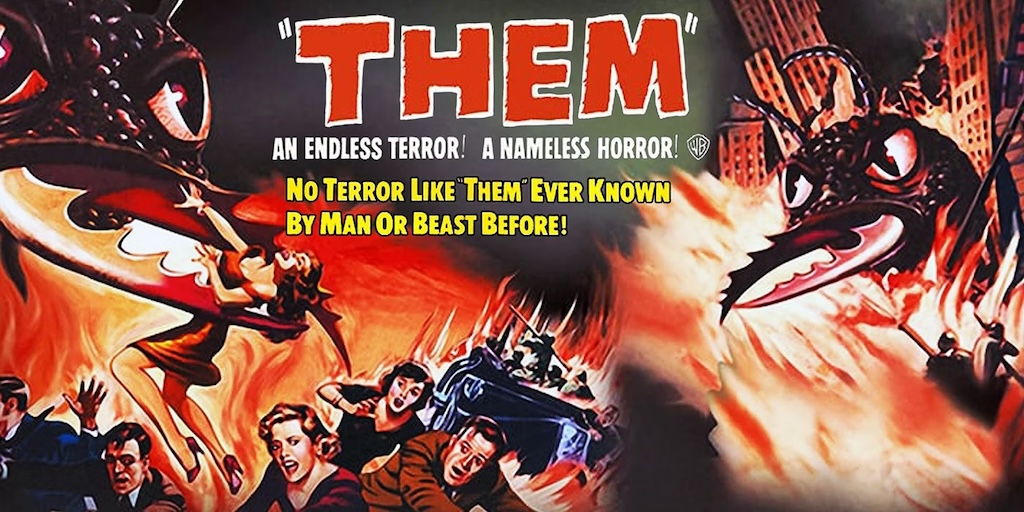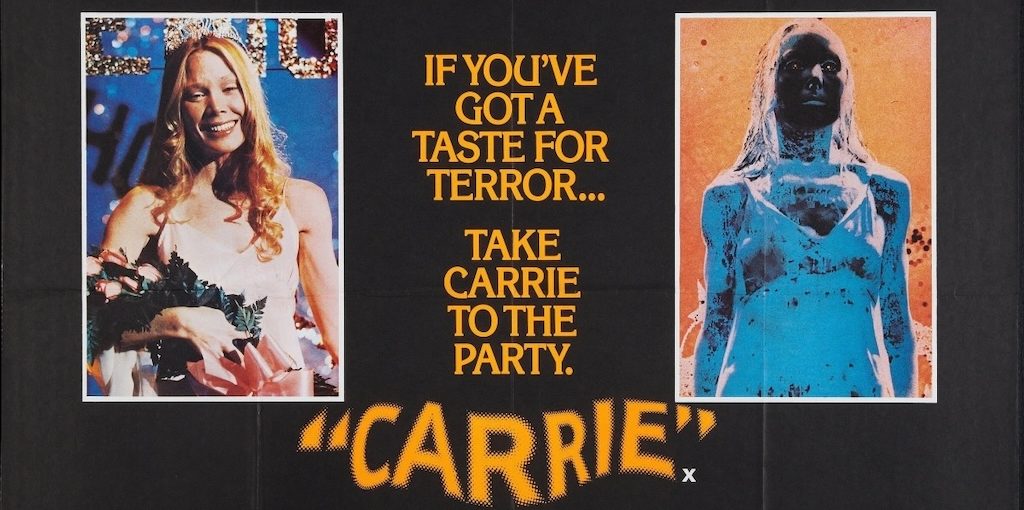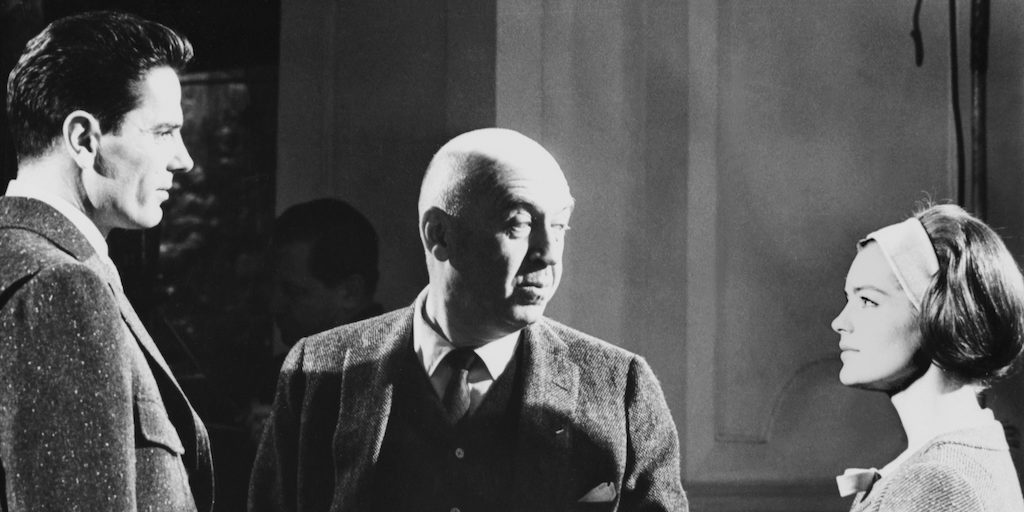SHIP OF FOOLS
Ruben Östlund’s films are less movies than devices destined to produce precise effects, works of engineering that propose to generate specific reactions and whose design includes circulating determined spaces (film festivals such as Cannes). The Square was a satire about the world of contemporary art that was obsessively fixated on the human misery of its protagonists; with this grotesque materials, the film proposed an outlook on the world that almost automatically conquered, as if it were by reflex, the approval of juries, critics and audiences all alike. Misanthropy pays off, even more in an arena like Cannes; Östlund knows, but like any good salesman, he is also aware about the risks of the trade. Östlund knows, for instance, that the excitement generated by misanthropy in audiences and journalists has the intoxicating results of a substance: when tried and liked, the client expects a more powerful experience from the next dose. Triangle of Sadness is the confirmation of this rule. The new film from the Swedish filmmaker, whom like with The Square was awarded the Palme D’Or, takes the formula of its predecessor but multiplies it several times by itself, as if the change in scale and the intensification of the effect could disguise the poor mechanisms holding it together.
It steps from the world of art into the world of modeling. A modeling couple, equally vain and obnoxious, is in crisis. They go on a cruise and there they rub shoulders with a select community of rich people. There is a storm that turns everything upside down. The ship is attacked by pirates and a group ends up castaway on an island. There the social relations are reversed: the poor maliciously assume the power they once suffered and the rich discover the pain of submission. The endless series of events seek to produce something like a period fresco, so it was explained by Thierry Frémaux, Cannes Film Festival director, and Vincent Lindon (who was the President of the Jury that awarded the film), at the presentation at the Gaumont Theater. Anyone knows that it is always convenient to save oneself from films that do things such as try to “explain the present”, but Frémaux and Lindon do not do so, or at least their roles as cultural ambassadors seem to exempt them from those concerns.
Anyway, the film begins and within a few seconds Östlund announces the general tone. A journalist interviews a bunch of male models waiting to enter into a casting session. The journalist plays with them, has fun, he manipulates them, makes them do faces, adopt postures or make them stroll across the room, without the interviewees noticing the humiliation. I think that in moments like this is where our relationship with movies is at stake: if the audience finds this cruel game entertaining, perhaps believing the universe of modeling (in the prior film was the universe of contemporary art) enables this outpour of evilness, then the director has already won, he has the audience in his pocket and now all he has to do is taking them from here to there, rocking them in the boat a little for the next two and a half hours.
On the other hand, the audience that felt repelled by this violence, that noticed in this exaggerate malice the precariousness of the conjurer, the yelling of the carnival barker, is already on its guard and hardly can participate of the series of annoyances that will follow. The heart of the film is in the cruise, where a couple of scenes quickly indicate the identifiable commonplaces: On one hand, the scot-free rich, cynical or with a conscience; and on the other hand, the crew completely devoted to care for their every whim, which is directed with motivational speeches about efficiency and optimism. An enthusiastic audience immediately reinstates the constellation of ideas that Östlund is determined to activate: class struggles, inequality, the power of money, the submission of those who work and the corruption of wealth. Once established this breeding ground of commonplaces, the movie carries on with the grotesque destined to serve as social critique and that includes people vomiting or defecating, falling over, or the ship’s captain reciting Marxist ideas over the speaker.
The problem is that Östlund is not a satirist or an acute observer of reality (or a filmmaker); he’s rather, precisely, an engineer that knows exactly all the gears that need to be moved to produce precise effects. At the Gaumont Theater screening, for instance, the audience laughed for several minutes from just seeing a bunch of millionaires vomiting. How can such conditioning, such efficiency can be achieved? Pasolini or Ferreri, who were filmmakers, filmed people vomiting or suggested it off-camera, but they understood it as a resource that allowed them to speak about certain topics (the astonishing equality of human biology that social hierarchies try to differentiate; the peak of gastronomic excesses to which a body can be forced into when taken to its limits). Teen comedies such as the American Pie series, or its least correct predecessors, were also obsessed about the scatological, but those movies had a festive celebration and no pretentions, nothing more than the pleasures of the ridiculous. I do not know of any film that can have a full theater laughing for ten or fifteen minutes of seeing people profusely vomiting, or with diarrhea as they sit on a toilet, while the Captain (who is something like the moral voice of the story) spills out socialist principles while arguing with a Russian millionaire who criticizes communism and has to necessarily come out defeated of the discussion. The cheers at the Gaumont Theater screening are far from being something local: as Lindon told, when he and the rest of the juries saw the film they were automatically fascinated and, secretly, knew they found a winner, since, he told, it was going to be very difficult to find any other movie this good within the official competition.
Like The Square, Triangle of Sadness is not a bad film. A bad film makes mistakes, takes risks and fails, in one aspect or several. But Triangle of Sadness is an object of a formidable efficiency, capable of exactly obtain its purpose. For that reason it is not a bad film, and even seems difficult to see it generally as a film: it looks more like a clocking device of a remarkable efficiency and precision, almost geometrical (like the very title of the film may suggest). To the constant dominance of Superheroes in Hollywood and the product-films for streaming platforms, now we have to add the promotion, sustained by festivals like Cannes, of artifacts like those designed by Östlund. These are bad news for cinema and for audiences that are not willing to laugh for ten minutes of seeing rich people vomiting.
![]()
(Switzerland, France, United Kingdom, Germany, Turkey, Greece, United States, Denmark, Mexico, 2022)
Script, directed by: Ruben Östlund. Cast: Harris Dickinson, Charlbi Dean, Woody Harrelson, Hannah Oldenburg. Production:Philipe Bober, Erik Hemmendorff. Lenght: 147 minutos.





